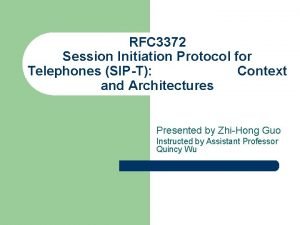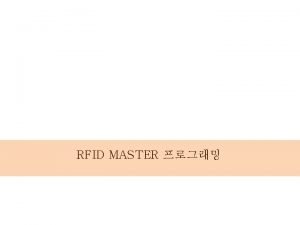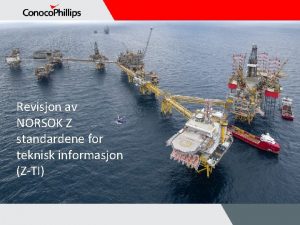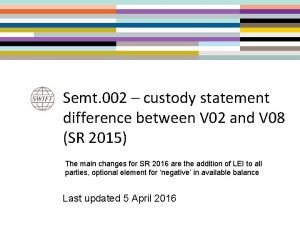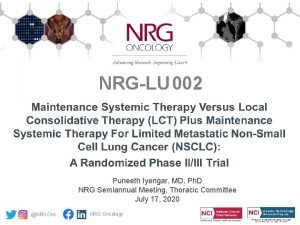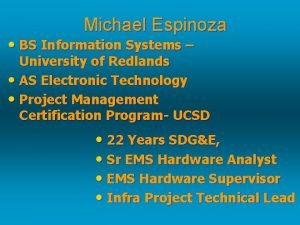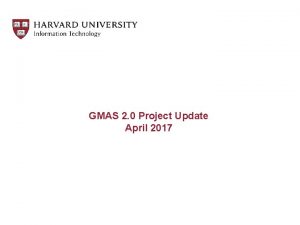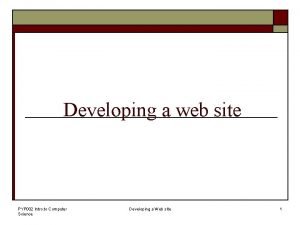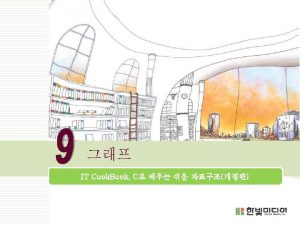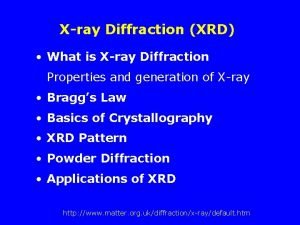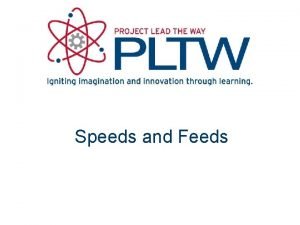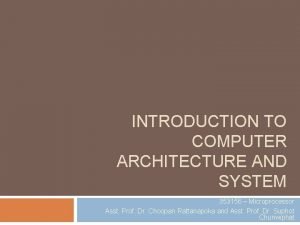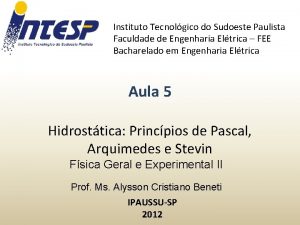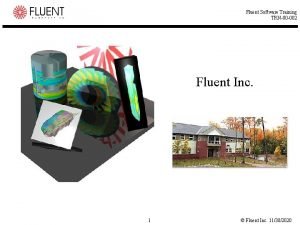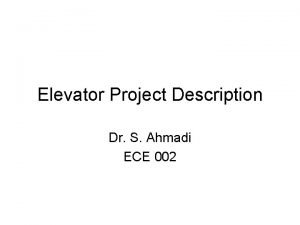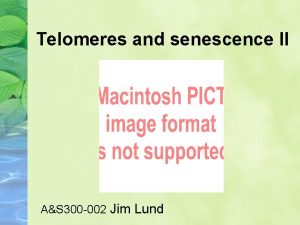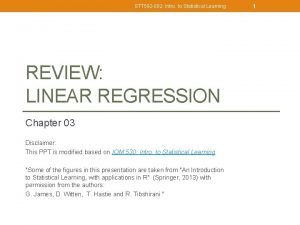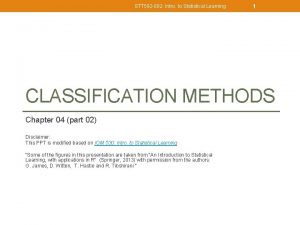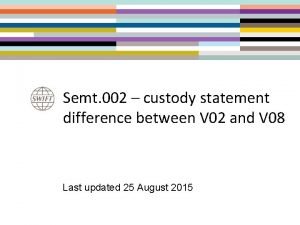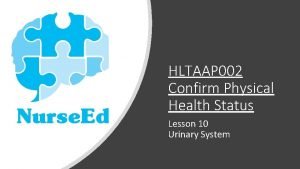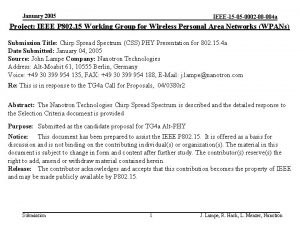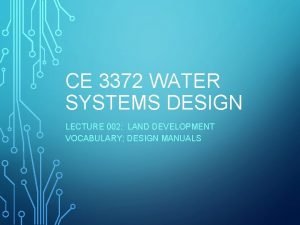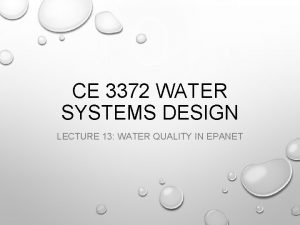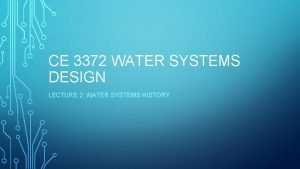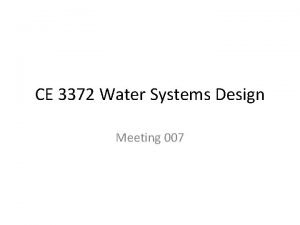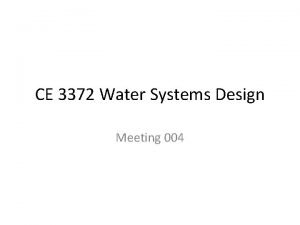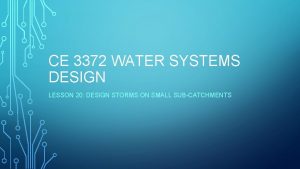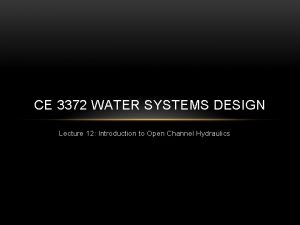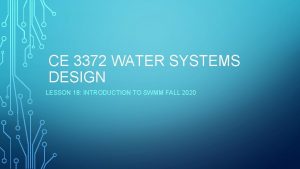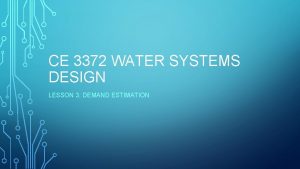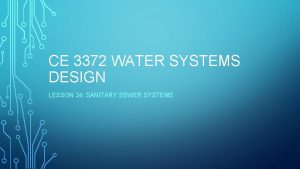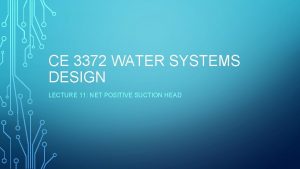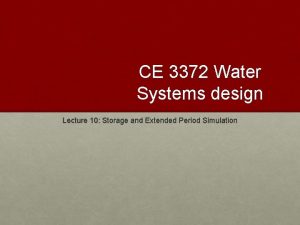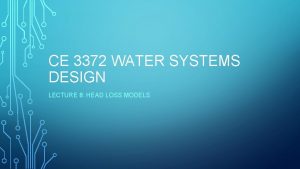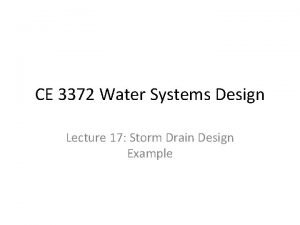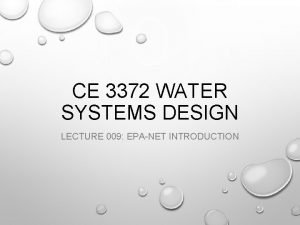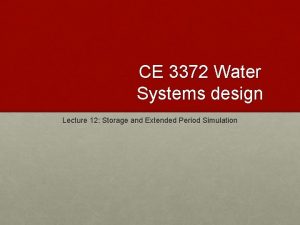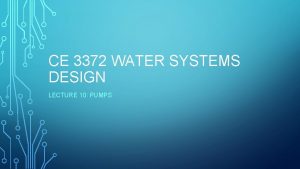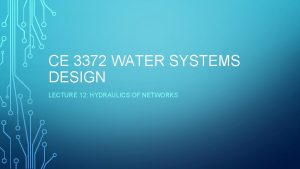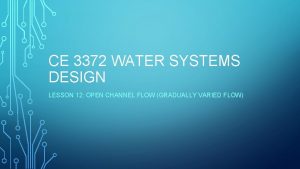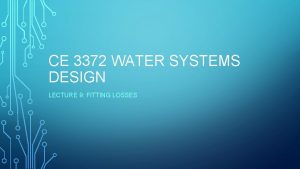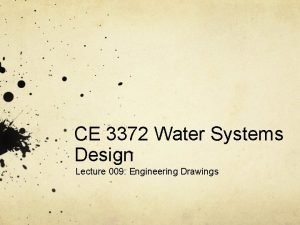CE 3372 Water Systems Design Meeting 002 Introduction


























- Slides: 26

CE 3372 Water Systems Design Meeting 002

Introduction • Chapter 1, pp 1 -9 – Data sources – Design – Water-Control Systems – Water-Use Systems – Environmental Restoration Systems

Engineering and Design • “Engineering is the profession where mathematical and natural science is applied to develop ways to use the materials and forces of nature to benefit mankind. ” (ABET) • “Engineering is the innovative application of knowledge to produce something intended to satisfy human needs. ” (Voland) • Invention is not necessary but engineering by its nature is systematic.

Engineering and Design • A working definition is that design is the creation of a solution to a problem. • In a practical sense it may be a drawing, or a prototype, a report, a program, and so forth - something from nothing that solves a problem.

Engineering and Design • Selection of specifications from a design manual, linking components onto a drawing, scheduling materials constitute a large portion of what engineers are expected to do. • Populating an input file to run a program to produce an output in order to obtain a permit or subdivision plat also constitutes a large part of what engineers are expected to do.

Engineering and Design • The design process is the management of constraints. There are two kinds of constraints, negotiable and non-negotiable. • Identification, classification and selection of constraints. • Manipulating design variables so as to satisfy the non-negotiable constraints and optimizing those which are negotiable.

Water Resources Design • Frequency-based design • Risk-based design • Critical-event design

Water Resources Design • Frequency-based design – Apply design adjustments to accommodate a design event pre-specified at some return frequency. The assumption is that more frequent events are also accommodated. • Risk-Based design • Critical-event design

Water Resources Design • Frequency-based design • Risk-Based design – Apply design adjustments to accommodate a event of some probability. The product of probability (of failure) and cost of failure is expected net loss. The capital cost to mitigate is known. Adjustments to minimize the sum of loss and cost is the goal. • Critical-event design

Water Resources Design • Frequency-based design • Risk-Based design • Critical-event design – Largest anticipated event (i. e. probable maximum precipitation). – Used for systems where consequences of failure are severe. – Nuclear power plants, large dams, etc.

Data Sources • Design involves interaction with agencies and use of hydrologic and geologic data. • Federal • USGS: Topographic maps, stage, discharge, quality. • NRCS: Soil maps, land use. • USEPA: Regulations, guidelines, chemical property databases. • NCDC: Rainfall, snowfall, solar radiation, wind. • USBR: Western US, water and energy supply. • USACOE: Navigable waterways, water supply, energy supply, flood control.

Data Sources • Design involves interaction with agencies and use of hydrologic and geologic data. • State • TWDB: Funding • TCEQ: Regulations, guidelines • TNRIS: Evaporation, digital elevation maps, digital ortho-quadrant maps, etc.

Data Sources • Design involves interaction with agencies and use of hydrologic and geologic data. • Local • River Authorities • Drainage Districts • Flood Control Districts • Irrigation Districts

Water Control Systems • Spatial and temporal distribution of surface runoff from rainfall events. – Flood control – Storm water harvesting • Capacity is based on area served.

Water Use Systems • Spatial and temporal distribution in support of human habitation. – Water supply systems. – Water treatment systems. – Waste water collection. – Waste water treatment. • Capacity is based on population served.

Environmental Restoration Systems • Spatial and temporal distribution in support of habitat (non-human) – Create “desirable” environmental conditions. – “Desirable” is determined by policy! It requires a value judgment. – Pump and Treat and Re-inject systems are an example of such a system.

Brief History of Water Systems • This brief history is adapted from – “Historical Urban Water Systems” by Dr. Robert Pitt, Department of Civil and Environmental Engineering, University of Alabama, Tuscaloosa, AL 35487

Brief History of Water Systems • Drinking Water

Brief History of Water Systems • Storm Water

Brief History of Water Systems • Waste Water

Brief History of Water Systems • Conduits

Brief History of Water Systems • Pumps

Brief History of Water Systems • Storage

Bibliography • Voland, G. Engineering by Design 2 nd Ed. , Pearson/Prentice Hall, Upper Saddle River NJ. ISBN 0 -13 -140919 x • Benka S. G. 2006. The entangled dance of physics. Physcis Today, December 2006. pp. 51 -55

Readings • Chin pp. 10 – 26

Exercises 1. Chin pp. 9, Problem 1. 1 (Use Essay Format) 2. Using the internet, locate images of the following kinds of pumps. State whether the pump is a positive displacement or a turbomachine. (Use Essay Format). a) b) c) d) e) f) Axial-flow pump. Horizontal turbine pump. Diaphragm pump. Jet-pump. Progressive cavity pump. Archimedes screw pump.
 Proxyvo
Proxyvo Water and water and water water
Water and water and water water C++ mfc 예제
C++ mfc 예제 Norsok z-018
Norsok z-018 Semt.001
Semt.001 Nrg lu 002
Nrg lu 002 Cip 002-009
Cip 002-009 Gmas-002
Gmas-002 Pyp 002
Pyp 002 001 002 003
001 002 003 Youtube
Youtube 002
002 002
002 Ezy260
Ezy260 Pressão hidrostática
Pressão hidrostática 002
002 002
002 Um objeto com massa de 10kg e volume de 0 002
Um objeto com massa de 10kg e volume de 0 002 002
002 002
002 002
002 Semt.002
Semt.002 Confirm physical health status
Confirm physical health status Um objeto com massa de 10kg e volume de 0 002
Um objeto com massa de 10kg e volume de 0 002 Dtu p 06-002
Dtu p 06-002 0,05/0,002
0,05/0,002 001 002 003
001 002 003
